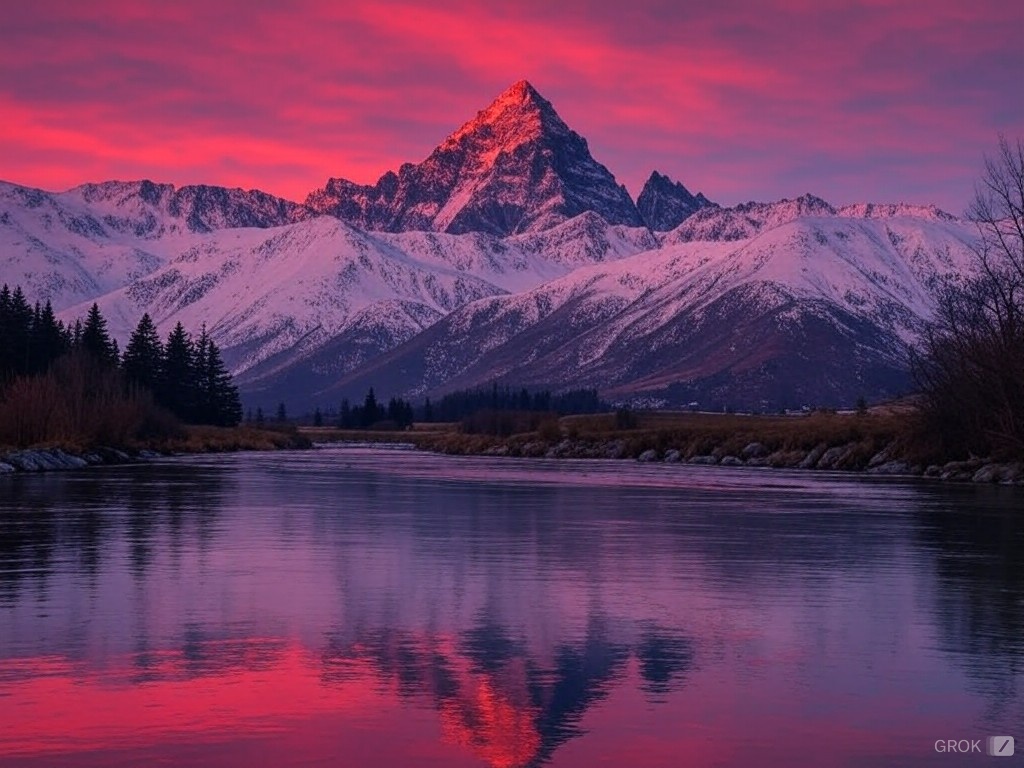Ever found yourself lost, I mean, truly lost, in a game world? Like, you forget what time it is, and when you finally look up, it’s way past midnight? That’s not just great storytelling, folks, that’s a hallmark of stellar level design. Unity, in particular, has been a game-changer—pun totally intended—in empowering creators to build immersive, dynamic worlds. So, let’s dive into what makes Unity Level Design so darn captivating, shall we?
Contents
What’s in a Level?
So, you might be wondering, and quite rightly so, what exactly goes into designing a level using Unity? It isn’t just about slapping on textures and placing objects. No, sir! It’s more about crafting an experience. Think of it as setting the stage where the drama unfolds, where every nook and cranny has the potential to tell a story.
Unity provides designers like me—and potentially you—with robust tools that make it possible to not only envision but also implement complex environments. And let me tell you, the thrill of seeing your ideas come to life? Totally unbeatable!
The Devil is in the Details
Now, let’s talk details. Unity’s terrain engine, for example, is something of a masterpiece. It lets you mold and shape landscapes almost as if you were playing God. Rolling hills, daunting mountains, serene lakes—your imagination is practically the only limit. But, and there’s always a but, the true art lies in making these elements meaningful. It’s all about how you guide the player’s eye and their journey through visual storytelling.
And guess what? Sometimes, I spend hours—no joke—just tweaking the lighting to get that perfect dawn ambiance or the eeriest of night feels. It might sound over the top, but these subtleties add layers to the gameplay, enhancing not just the look but the feel of the game.
The Unity Asset Store – A Treasure Trove
Ok, slight detour here, but have you ever visited the Unity Asset Store? It’s like walking into an all-you-can-eat buffet and everything is delicious! From ready-made models and sophisticated environmental assets to quirky sound effects, it has everything to keep you on your toes. It’s a blessing, really, especially when deadlines are snapping at your heels and you need something spectacular to spice up your scene.
However, while it’s tempting to throw in all kinds of fancy assets, restraint is key. After all, every element must serve the narrative or gameplay in some way. It’s kind of like seasoning a dish – a little goes a long way.
Creating Emotionally Engaging Levels
Designing levels in Unity isn’t just an exercise in aesthetics; it’s about engineering emotions. Each level must resonate with the player, evoke feelings, and drive the gameplay narrative. Let me tell you about this one level I designed: set in a dystopian city with rain perpetually drumming down, creating a melancholic yet oddly soothing rhythm. The mood was so tangible; players told me they could almost smell the wet asphalt. Now, bringing about such visceral reactions? That’s the ultimate goal!
It’s almost like you’re there, right? Crafting these experiences is a bit like magic, but it involves a healthy dose of psychology and empathy too.
Ladies and gentlemen, boys and girls, and everyone in between, Unity is not just a tool; it’s a canvas where your creative urges go wild. And if you ever feel like diving into game level design, have a go at it! Who knows, you might just create the next big gaming sensation.
If all this talk has sparked your interest, or if you’re looking to collaborate on a mind-blowing Unity project, don’t be shy! Shoot me a message at [email protected]. I’m always up for a chat, especially if it’s about bringing gaming worlds to life!
